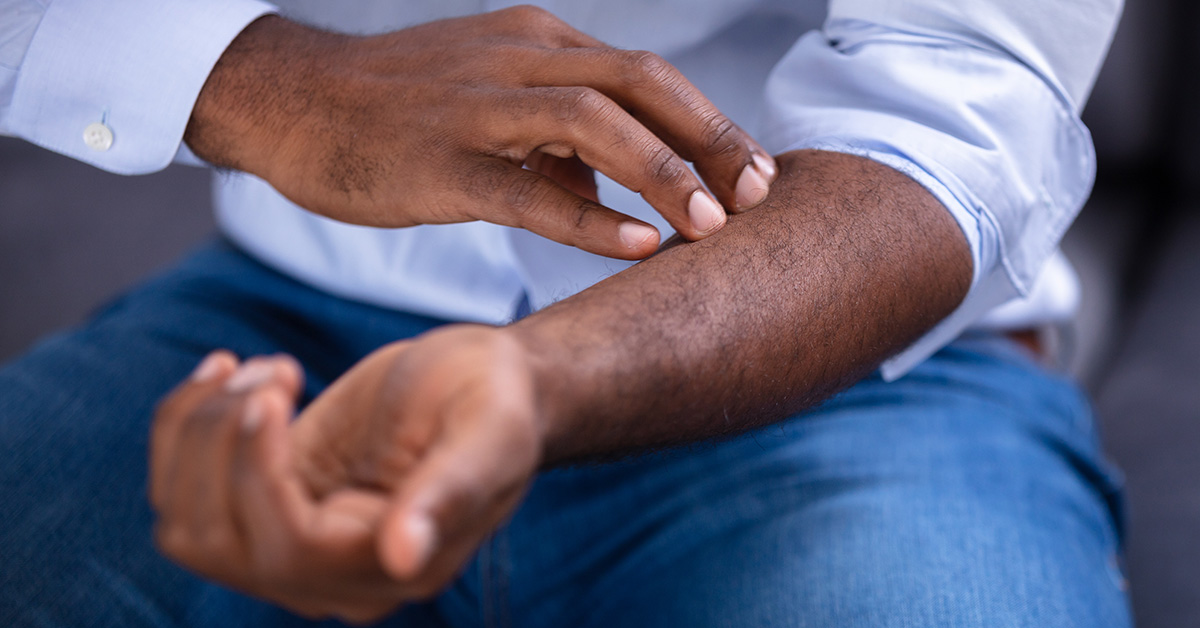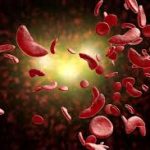
Dr. Maxwell Nartey
Professor of Symptometric Science, American School of Symptometry, NFP
World Center for Health Education & Scientific Enlightenment
Why does a part of the body itch? This could be the ear, the eye lids, the eye itself, the thighs, the scrotum, the vagina, the scalp, the nose, the chin, the anus, the area between the anus and the scrotum, or the area between the anus and the vagina; the palms, the armpit, the back, the calves, the palates, the throat, the chest, a scar, etc. Here is the answer.
We all produce blood debris because there is salt in our blood. Salt is a reactor. As a reactor, salt will react with everything that finds its way into the circulatory system. This could be a pharmaceutical drug, the halogen in an insect bite, bug bite, or dog bite; the heat-resistant alkaloid of a plant, the coal tar derivatives in cheese, milk, chocolate, banana pudding, plantain cake, commercially-made mashed potatoes, etc.
Blood debris will not reach its saturation point until 20 to 30 years after birth. In a few individuals, blood debris reached its saturation point after age 50. After reaching its saturation point, blood debris will become a spinning nuisance and irritant that the skin will absorb in order to facilitate unimpeded circulation.
Blood debris has caused welts, psoriasis, eczema, scabies, xerosis (dry skin), and hives in many individuals.
If a part of the skin continues to absorb blood debris despite reaching its saturation point, it will itch. If the whole body itches, it is because the three layers of the skin have absorbed so much debris that they cannot absorb anymore. Simply put, the person’s blood is extremely filthy.
Scratching is the reflex that allows a person to apply force to the itchy spot. This compressive force can only relocate blood debris temporarily.
Also, taking some vitamins, bathing, and applying a powder or an oil to the itchy area, may alleviate the itch for a few hours because they will also forcibly relocate the blood debris temporarily. Unfortunately, after the forces have waned, the debris will be back where it belonged.
Here is what must be known. The halogens (salts) of insects, and bugs do not go anywhere. They have become permanent blood occupiers. They will react with nutrients, poisons, papain in papaya, phosphoprotein, allantoins in plantain, acids, etc. to keep producing a lot of debris in the body. Unless these halogens, coal tar derivatives, alkaloids, etc. are hydrolyzed, they will never stop reacting with the metabolites in blood to produce more debris; and this could make the itch chronic.
Sometimes, the absence of enough water from the three layers of the skin may exacerbate friction in the spinning debris. It is this internal friction that could make the itch worse.
Therefore, to prevent an itch in the future, no bug bite or insect bite, coal tar derivative, etc. should be ignored. Halogens and blood debris must be hydrolyzed.
Watch what you eat, and stop eating the foods that make you itch outrageously.
Also, there is no such thing as, “There is no food for me to eat”. There are foods that will make an itch worse, and foods that will not worsen the itch by keeping blood debris below saturation point. Make sure you have a particulate to hydrolyze the blood debris causing an itch in a specific area.
© Copyright 2021, The American School of Symptometry, NFP. No part of this publication may be reproduced or transmitted in any form or by any means, electronic or mechanical, including photocopying, recording, or by any information storage and retrieval system without the written permission of The American School of Symptometry, NFP. Library of Congress copyright number Txu 1-621-370, Washington D.C.


 Previous Post
Previous Post Next Post
Next Post